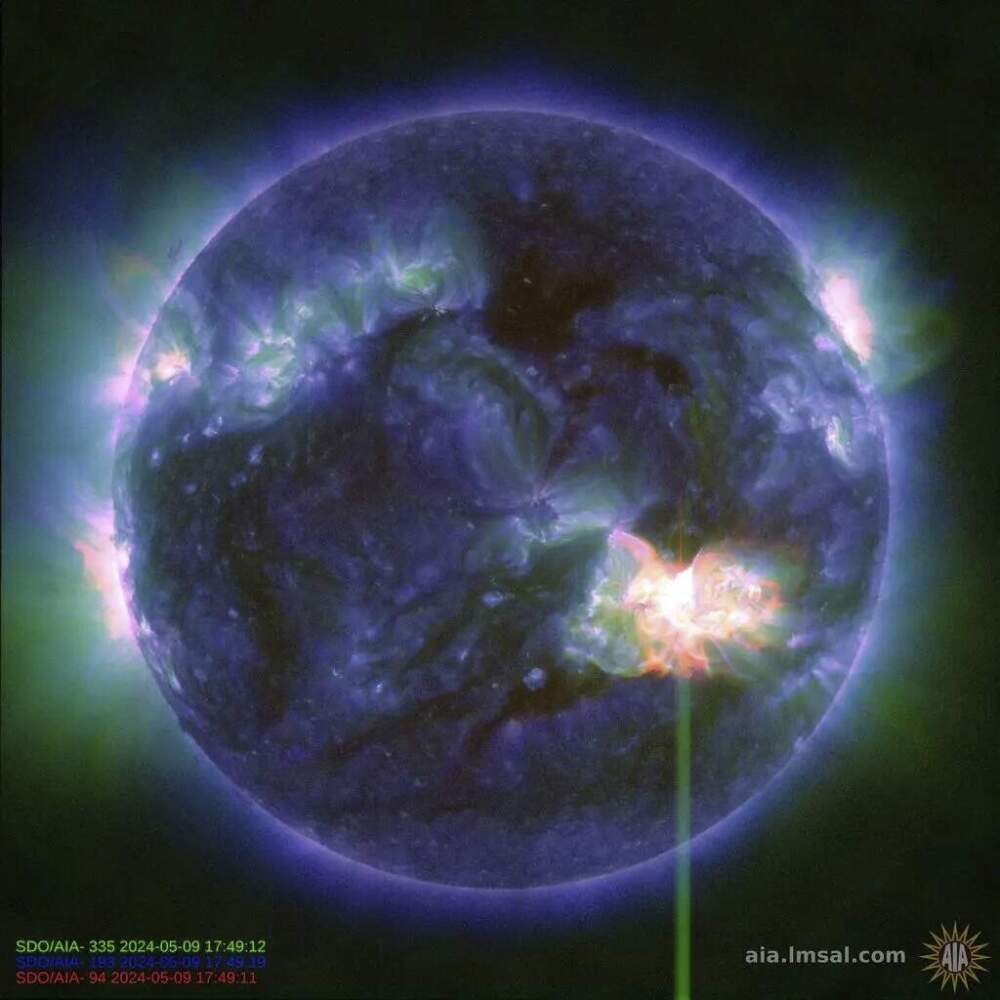Advertisement
Massachusetts could see the Northern Lights this weekend

A strong solar storm headed toward Earth could produce the Northern Lights in the U.S. and potentially disrupt communications this weekend. New England might get a chance to see the Northern Lights on Friday and Saturday, if clouds stay away and the storm is as strong as researchers predict.
The National Oceanic and Atmospheric Administration issued a rare geometric storm watch —the first in nearly 20 years — that scientists have deemed an "unusual event." In Massachusetts, the clouds may clear out enough for folks who live as far south as the Cape to see the aurora at predawn on Saturday.
Ofer Cohen, an associate professor of the physics department at UMass Lowell, said the Northern Lights are generated by energized particles that come from the magnetosphere, Earth's magnetic bubble. Due to the exchange of energy, these particles stream down into the atmosphere, creating in this case a dazzling light show called the aurora borealis.
Normally, the green lights of the aurora are usually visible closer to Canada and northern Russia, Cohen said. Since Massachusetts is at a lower latitude, seeing them will heavily depend on the strength of the solar storm.
"The stronger the interaction is, the stronger the energy is deposited to the Earth," Cohen said. "If the storm is not that strong, it's less likely to see the Aurora in the southern region."
NOAA said the sun produced strong solar flares beginning Wednesday, resulting in five outbursts of plasma capable of disrupting satellites in orbit and power grids here on Earth. Each eruption — known as a coronal mass ejection — can contain billions of tons of solar plasma.
NOAA is calling this an unusual event, pointing out that the flares seem to be associated with a sunspot that’s 16 times the diameter of Earth. An extreme geomagnetic storm in 2003 took out power in Sweden and damaged power transformers in South Africa.
The latest storm could produce northern lights as far south in the U.S. as Alabama and Northern California, according to NOAA.